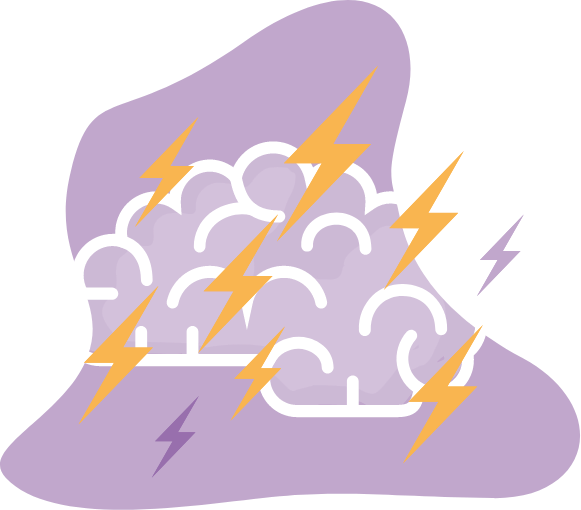Epilepsy and LGS
Lennox-Gastaut syndrome (LGS) is a rare, severe form of epilepsy classified as a developmental and epileptic encephalopathy (DEE). Seizures include multiple different types, particularly tonic (stiffening) and atonic (drop) seizures.
The occurrence of regular, hard-to-control seizures in young children may lead to developmental delays, as well as intellectual and behavioral problems that worsen over time.
People Living with LGS:
~50K in United States
~1M worldwide
SHARE
Signs and Symptoms of LGS
LGS diagnosis requires the following key features:
- Multiple seizure types that start in childhood (see LGS seizure types below)
- A characteristic electroencephalogram (EEG) pattern
- Cognitive impairments, behavioral problems, or developmental delays
Autism and behavioral challenges, such as hyperactivity, agitation, and aggression, are common in childhood and adolescence
Seizures typically start in preschool (3-5 years of age), but signs and symptoms may take several years to appear, which can lead to a longer window of time before diagnosis.

Seizures
Tonic seizures are the main type of seizure associated with LGS and are mandatory for diagnosis. They last about 3 seconds to 2 minutes and are recognized by sudden stiffness and contraction of the arms and the legs.
While multiple seizure types are common in LGS, being aware of tonic types, as well as atonic types (drop attacks in which the muscles suddenly become weak), may help prevent your loved one from possible falls and injuries.
Frequent seizures associated with sudden unexpected death in epilepsy (SUDEP) are a significant worry for those living with LGS and their families

Learn about the risks associated with seizures and create your own action plan.